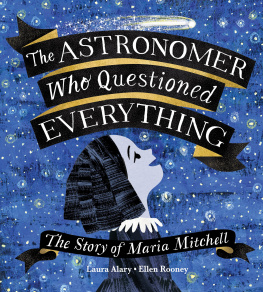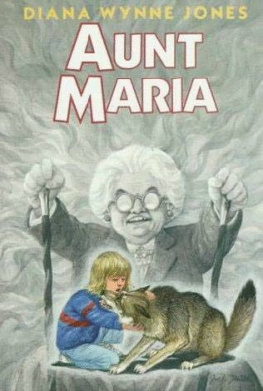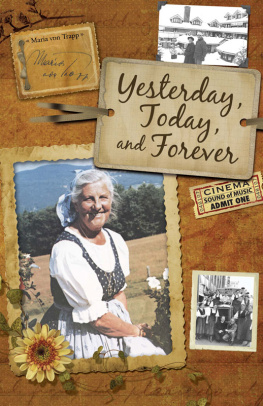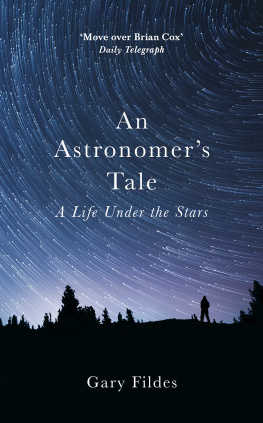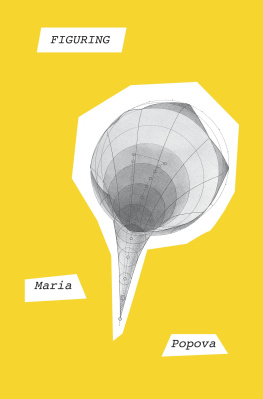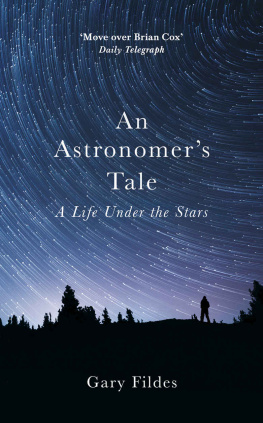Laura Alary is still figuring out what she wants to be when she grows up. In the meantime, she is happy to be writing stories, working in a beautiful library and trying to keep up with what her three children are learning. Laura lives in Toronto, Ontario, where she loves to walk by the lake, look for beach glass and wonder about the world.
Ellen Rooney grew up in Massachusetts, where she first learned about Maria Mitchell and her comet during childhood trips to Nantucket Island. Like Maria, she loved to explore the shoreline, finding shells, seaweed, feathers and stones. Today, Ellen lives in the southern Okanagan Valley in British Columbia with her husband and dog. She loves collecting art supplies, papers and textures to use in her illustrations.
Maria was a collector.
Stones. Shells. Feathers.
Words. Ideas.
She was always looking. Whatever sparked her imagination, Maria tucked into her pocket or jotted down in her notebook.
As she grew up, Maria never stopped looking. She longed to see beyond her little island of Nantucket. But how? Should she follow her brother and sail away on a whaling ship?
At sea, there are no roads, no signs, no one to show you the way. Maria knew that sailors looked to the stars for guidance. If you knew how to read them, the stars could tell you where you were, and where you needed to go.
Maria decided she would rather look for stars than whales.
Her father, an astronomer and mathematician, showed her how. On clear evenings, they climbed up to the roof, set up a telescope and spent hours scanning the sky. What they found filled Maria with wonder.
She learned to use a sextant to measure the height of stars, a metronome to track their slow creep across the dome of night, and a chronometer that measured time at sea so sailors could figure out how far east or west they had sailed.
Everything she saw and learned and wondered about, Maria collected in her notebook.
One day, a sea captain came to the door carrying a broken chronometer. He needed Marias father to fix it before he could set sail. Without it, his crew would be lost.
Maria told him her father was away, but she could help him.
The captain wasnt so sure. What could a girl possibly know of mathematics and machines? But what choice did he have? Maria set to work, her mind whirling with numbers, calculations and measurements as tiny and precise as the springs and gears of the chronometer.
She did not make a single mistake.
When her father heard the story, he was so proud he gave Maria a gift: a room of her own. It was only a closet under the stairs, but it was hers. A place to write, to dream, to think in peace.
Her brother returned from sea, full of life and stories. Maria, whose days were filled with housework and caring for her younger brothers and sisters, wondered if she would ever come home from away, overflowing with tales to tell.
Maybe, her brother teased, she would prefer to stay at home, raise a houseful of children and teach them all to embroider cushions?
Maria, who hated fine needlework, swatted him with her embroidery hoop. All those tiny stitches! What was the good of them? They chained her mind to a needle.
When she walked on the shore or sat on the roof, Maria looked outside herself. But once a week, she went to the Quaker Meeting House where she practiced looking inside, too. It was quiet there. No music. No preacher. No candles. No colors. Just silence.
When she sat still, her swirling thoughts settled like tea leaves at the bottom of a cup. Then she could see clearly. She knew herself. She was a dreamer. A wonderer. A collector. She had to keep looking.
But she also had to earn a living.
Maria started her own school. But it wasnt just any school.
She led her students outdoors so they could look at the world for themselves.
They waded through bogs, climbed cliffs and peered into tidal pools.
Then Maria became a librarian. She devoted herself to reading, collecting new words and feeding her mind with ideas as sweet and juicy as oranges.
Books carried her to new places. But Maria wanted more. So she set her sights higher.
The King of Denmark had offered a prize to the first person to find a new comet. All over the world, in the greatest observatories, astronomers were watching.
Night after night, Maria watched, too. She climbed up to her roof, focused her telescope and scanned the vast night sky. She was determined to find it a distant chunk of ice and dust hurtling around the sun.
Nothing could stop Maria from looking. Not even a broken wire in the lens of her telescope. For three weeks, she struggled to repair it.
She tried using her own hair, but it was too coarse.
In the end, she unwound a silkworm cocoon and fixed the delicate threads in place with steady fingers and a chuckle.
All that fine needlework had been good for something after all!
And one October night, Maria found it. Her comet. A milky crescent in her telescope lens, no bigger than the tip of her fingernail. Maria Mitchell, with her small telescope on the tiny island of Nantucket, was the first person on Earth ever to see it.
Doors that had been shut tight suddenly opened. Maria strode through them. She sailed to Europe, visited observatories, met with astronomers and mathematicians, joined scientific societies, listened to lectures and began to give her own.
Then came a letter from a new college for women in New York, inviting Maria to be a professor of astronomy. At last, she knew what to do with all the ideas and questions she had collected over the years.
Next page
